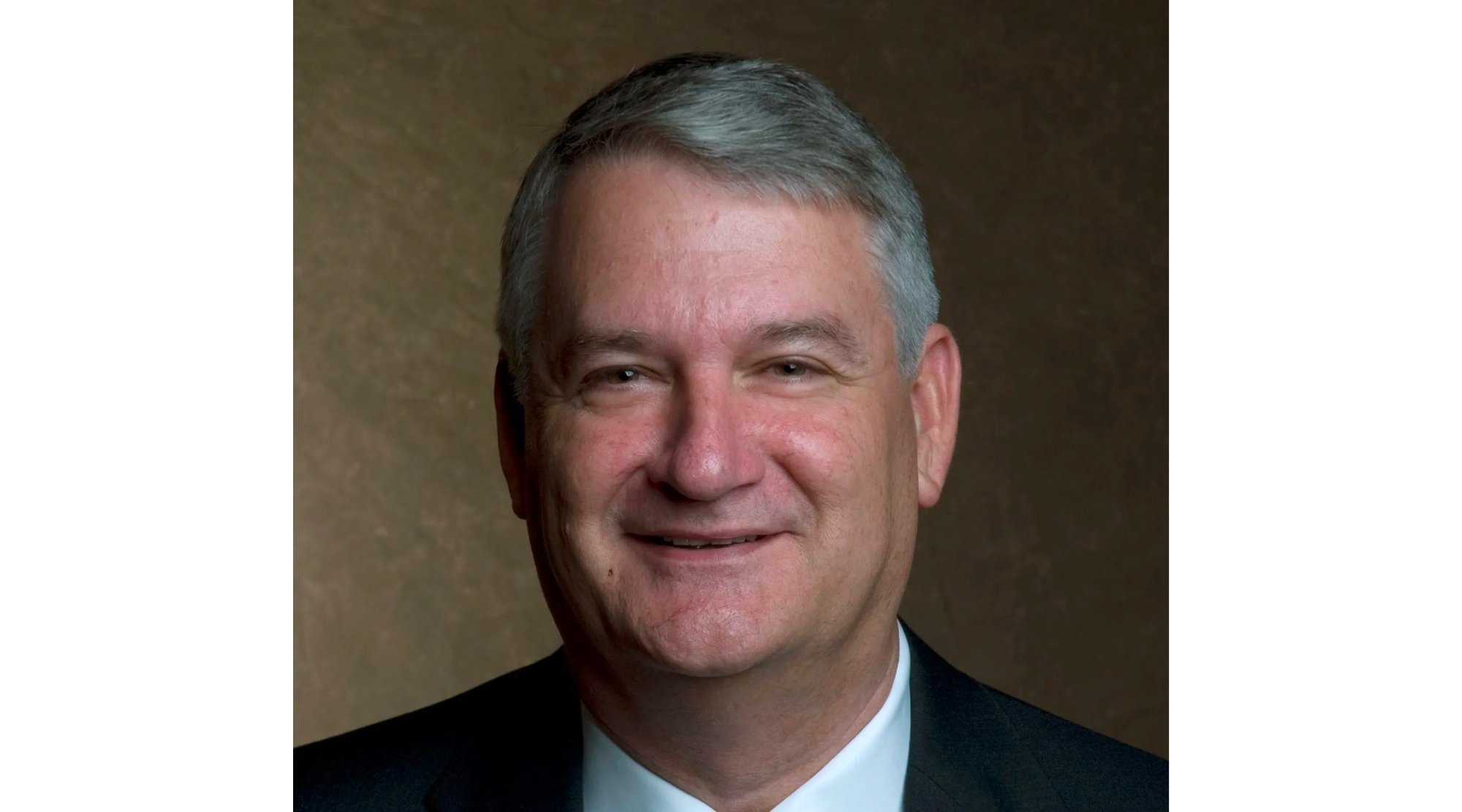The science of silence
Published 5:10 pm Tuesday, January 22, 2019
A tour of an unfinished structure does not often give enough interesting material for a weekly article. Mary Lou and I had the opportunity to tour the Jay and Susie Gogue Performing Arts Center in Auburn this past weekend. It was a visit that was almost overwhelming as I learned what goes on behind the scenes in building a world class theater.
The Gogue Performing Arts Center or GPAC as it is known, is an 85,000 square foot building with an estimated cost of $50 Million. Now 50 percent completed, it stands at the entrance to the Auburn University campus on South College Street. The equally impressive Jule Collins Smith Art Museum sits across the street providing a great first impression for those visiting Auburn for the first time.
The Theater, which is the centerpiece of the building, is a 1,200 seat multi-purpose hall. It is designed to accommodate a wide range of productions and performers. The proscenium, which is the part of the theater stage in front of the curtain, is adjustable allowing the stage to become smaller and more intimate.
The orchestra pit, which can hold 40 musicians, can be mechanically lifted to extend the stage floor into the audience seating area. When opened up to its full size and capacity, the stage and stagehouse will hold a full symphony orchestra and chorus. Touring Broadway shows and opera performances will also fit easily into the massive space.
Great theaters and performance halls are never just about the space. They are about acoustics and the ability of a space to transmit the sound.
Acoustics is actually the branch of physics concerned with properties of sound. Many people think that great acoustics are simply about a building’s architecture and design. In reality, it is about how a sound is produced, transmitted, and received.
Acoustical engineers working on this project have studied the mechanical waves that produce sound, including the way they vibrate, and the frequencies above and below the audible range. In doing so, they have designed some incredible features into the GPAC facility.
For instance, there are slatted walls around the theater. Behind those slats various materials can be used to cause the sound to reverberate or to be deadened. Use of various materials will help tune the space to the type of performers on stage.
The chairs have minimal upholstery which absorbs sound. Even our bodies absorb sound, so the anticipated attendance of a performance might impact how the building is tuned. This is all combined with state of the art electronics that can enhance the sound being produced.
Perhaps the most amazing part of the tour was standing in the seating area while the engineers discussed the steps that are being taken to make sure the theater has no sound from the outside. Basically, it is a box within a box.
The concrete block walls are filled with a material to prevent any sound from penetrating the walls. The entrance doors are specially designed to prevent sound intrusion. The air ducts are insulated and the air speed is slow so there is no noticeable sound from the movement of the air. All this combines to provide for a room, admittedly a very large room, with no sound at all from the outside world. Silence.
It is only then that the magic of the acoustical engineers can take place. They start with silence and begin to fine tune the space using their knowledge of acoustics. This is Star Wars type stuff being used to produce the most perfect sound possible.
On a rainy Sunday morning, I caught a glimpse of what will be a transformative building for Auburn University and for the Arts in the Southeast. When I hear the beautiful, soaring sounds of the first orchestral performance, or the clear pure voice of a solo performer, I will remember how all of this started. It was the science of silence.


